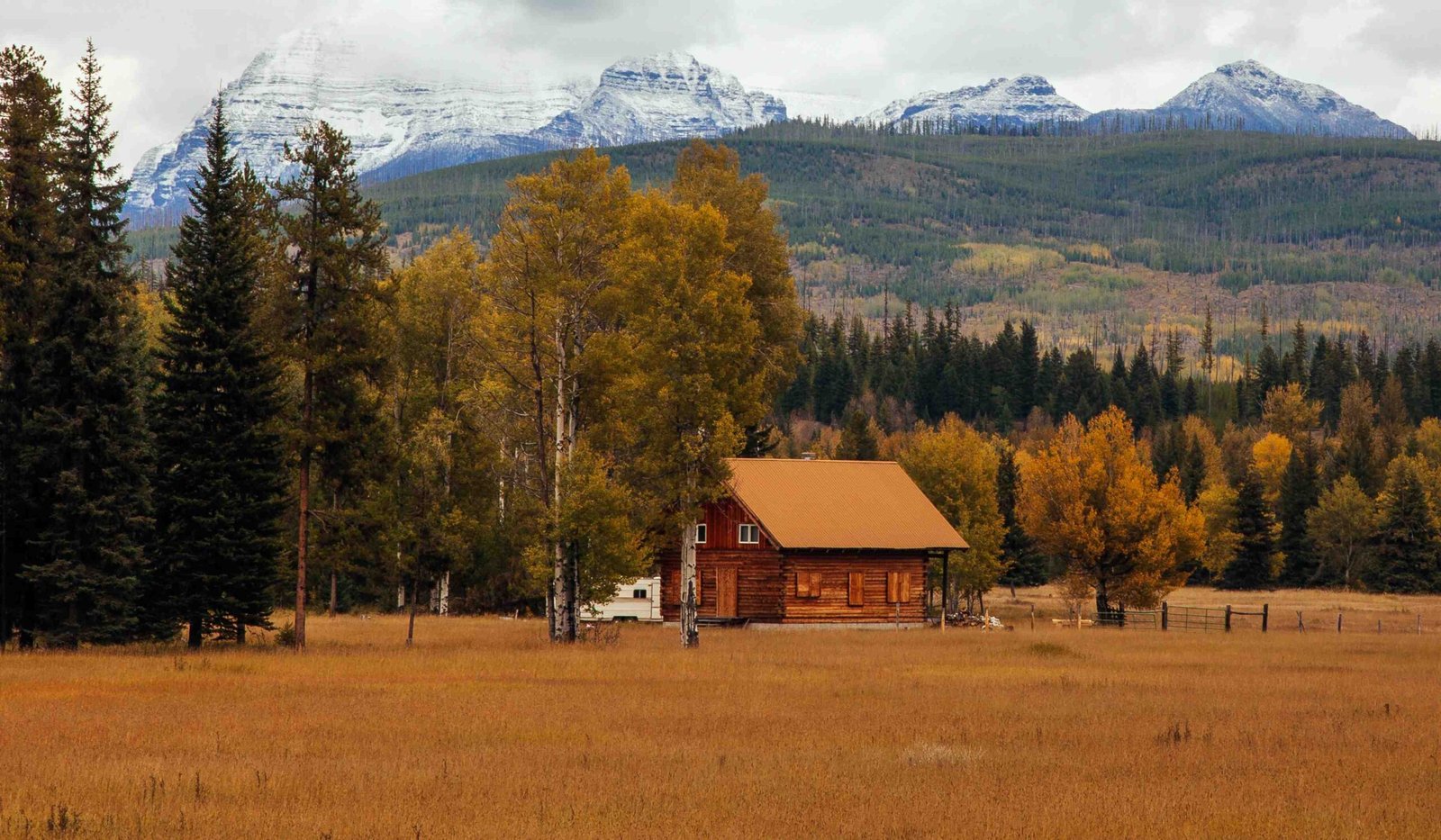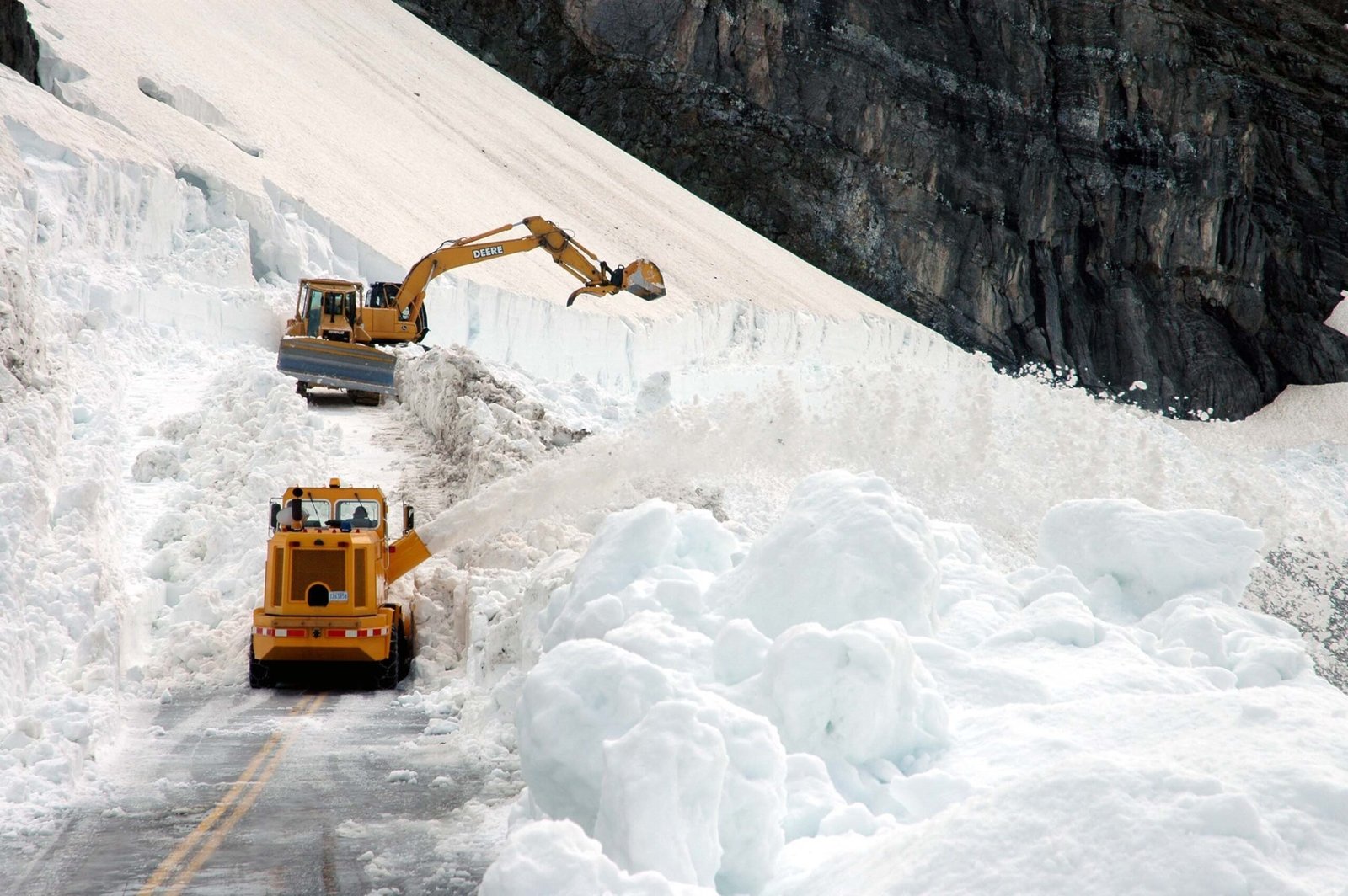Glacier National Park faces numerous threats, primarily driven by climate change. The park’s iconic glaciers are rapidly disappearing, with only 25-27 of the original 150 remaining. Rising temperatures, increased wildfires, and habitat loss are severely impacting the park’s ecosystem. Invasive species and pollution further compound these issues, threatening the delicate balance of this pristine wilderness. This article explores the various threats to Glacier National Park and their far-reaching consequences.
What Are the Primary Climate Change Impacts on Glacier National Park?

Climate change is the most significant threat to Glacier National Park, causing a cascade of effects that ripple through the entire ecosystem. The park has experienced a temperature increase three times the global average, leading to rapid glacial retreat and altered habitats.
Temperature Changes
- Mean annual temperature in Glacier National Park has increased by 1.6°C over the past century
- This increase is three times the global mean temperature rise
Glacial Retreat
- Only 25-27 of the original 150 glaciers remain
- Projections suggest all glaciers may disappear by 2030
Future Scenarios
- Increased tree growth rates and evapotranspiration
- Reduced soil moisture and streamflow
- Drier forests prone to frequent and severe wildfires
- Degraded air quality
- Increased risks to people and infrastructure
How Does Climate Change Affect Wildlife in the Park?

Climate change poses significant threats to various wildlife species in Glacier National Park. The altered environment is particularly challenging for cold-adapted species and those dependent on specific habitat conditions.
Threatened Species
- Wolverines
- Lynx
- Pika
- Native westslope cutthroat trout
- Bull trout
Causes of Threat
- Decreased snowpack
- Warmer temperatures
- Rising water temperatures
- Reduced spring snowmelt
What Role Do Invasive Species Play in Threatening the Park?
While specific details on invasive species in Glacier National Park are limited, their impact is notable and growing. The changing climate has created conditions favorable for the spread of non-native species, posing additional challenges to the park’s ecosystem.
Impacts of Invasive Species
- Increased temperatures support the spread of invasive species
- Insect outbreaks have become more frequent
- Grave effects on plant and tree species, particularly at subalpine elevations
How Is Habitat Loss Affecting Glacier National Park?
Habitat loss is a significant concern in Glacier National Park, with impacts felt across various ecosystems. The changing climate is altering the landscape, affecting both flora and fauna.
Areas Affected
- High alpine meadows
- Subalpine forests
- Aquatic habitats
Causes of Habitat Loss
- Rapid warming due to climate change
- Reduced snowpack
- Earlier snowmelt
- Increased frequency and severity of wildfires
Species at Risk
| Species | Reason for Risk |
|---|---|
| Wolverines | Decreased snowpack |
| Lynx | Warmer temperatures |
| Pika | Loss of cold habitats |
| Westslope cutthroat trout | Rising water temperatures |
| Bull trout | Reduced spring snowmelt |
What Are the Effects of Pollution on Glacier National Park?
While traditional pollutants are not the primary focus in the available sources, the impacts of climate change can be considered a form of pollution due to its anthropogenic causes. The increased greenhouse gas emissions are the main driver of the changes observed in the park.
Impacts of Climate Change as Pollution
- Reduction in snowpack
- Earlier snowmelt
- Altered streamflow patterns
- Increased water temperatures
- More frequent and severe wildfires
Affected Areas
- Glaciers
- Forests
- Wildlife habitats
- Water quality
How Are Wildfires Threatening Glacier National Park?
Wildfires pose a significant and growing threat to Glacier National Park. The changing climate has created conditions that favor more frequent and severe fires, with far-reaching consequences for the park’s ecosystem and visitors.
Causes of Increased Wildfire Risk
- Drier forests due to increased evapotranspiration
- Reduced soil moisture
- Higher temperatures
Impacts of Wildfires
- Degraded air quality
- Health hazards for humans and wildlife
- Destruction of habitats
- Increased risks to park infrastructure
What Measures Are Being Taken to Address These Threats?
While the sources don’t provide specific information on mitigation efforts, it’s crucial to address the threats facing Glacier National Park. Potential measures could include:
- Reducing greenhouse gas emissions to slow climate change
- Implementing fire management strategies
- Controlling invasive species
- Protecting and restoring critical habitats
- Educating visitors about the park’s challenges and conservation efforts
Conclusion
The threats to Glacier National Park are numerous and complex, with climate change at the forefront. The rapid loss of glaciers, changing habitats, and increasing wildfire risks pose significant challenges to the park’s ecosystem and its iconic landscapes. Addressing these threats requires a multifaceted approach, combining global efforts to combat climate change with local conservation and management strategies. As we face these challenges, it’s crucial to recognize the value of this unique wilderness and work towards its preservation for future generations.